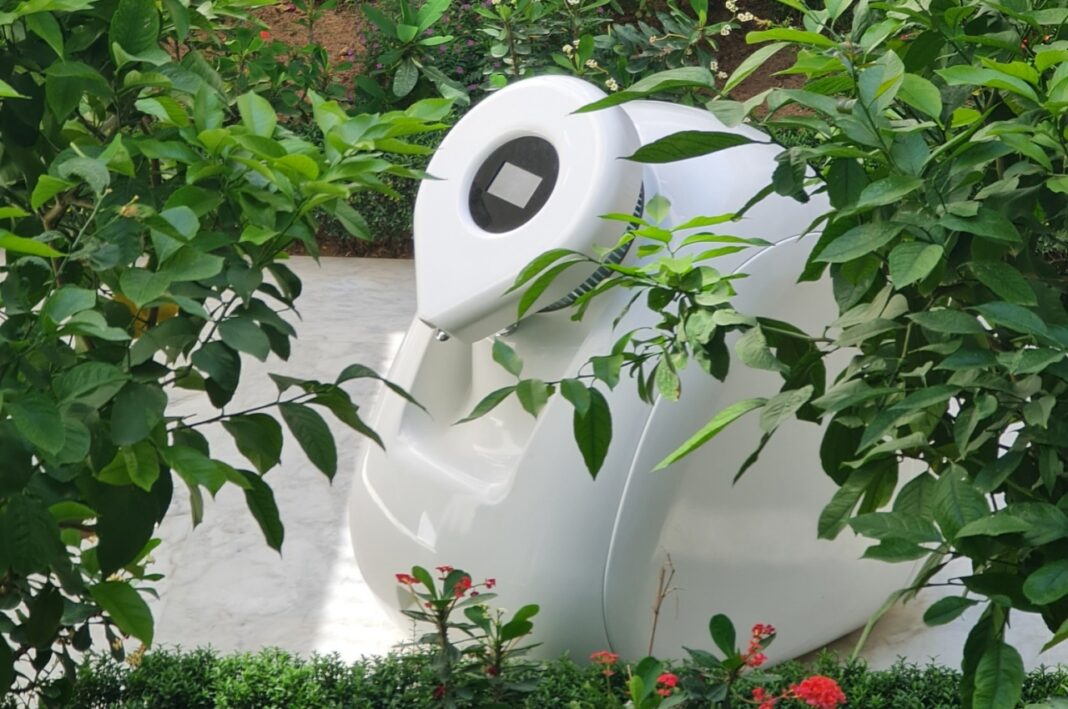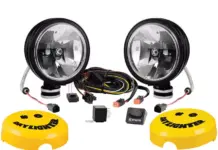Summary
Rather than recycling plastics or reducing waste, the stationary Kumulus-1 can produce up to 30 liters of potable water on a daily basis, all taken from the humidity in the air that many of us would rather not have. Humidity is gathered through openings at the “head” of the machine and is filtered before it’s cooled down. This creates condensation that transforms humid air into water dew, and this dew is once again filtered and mineralized before it is stored in a tank. (Torres, 2022)
This machine can fit in a 1m3 cube and can be equipped with a solar power pack, making it fully autonomous and independent. The Kumulus-1 is a smart machine, offering options of mobile control through our dashboard and app, as well as functionalities that ensure water is delivered in a sustainable and economical way. (Kumulus, 2022)
Analysis
It may be possible to draw parallels between the Kumulus-1’s ability to transform/filter substances and a wearable good. In particular with soccer being played outdoors; humidity is ever apparent. An additional, abundant resource would be excessive sweating. It is a natural, internal temperature coolant. There may be a way to enhance that even further through the solution of a wearable technology. If one of those could be converted to water, fluid intake or a coolant may be possible. It would require the necessary background research on liquid conversion and the feasibility to convert that science into a portable, wearable technology.
Sources
“Kumulus Water.” Kumulus Water, https://www.kumuluswater.com/#products.
Torres, JC. “Converting Humidity into Drinking Water Is Perfect for a Machine That Looks like a Wall-E Robot – Yanko Design.” Yanko Design – Modern Industrial Design News, 7 July 2022, https://www.yankodesign.com/2022/07/07/converting-humidity-into-drinking-water-is-perfect-for-a-machine-that-looks-like-a-wall-e-robot/.




